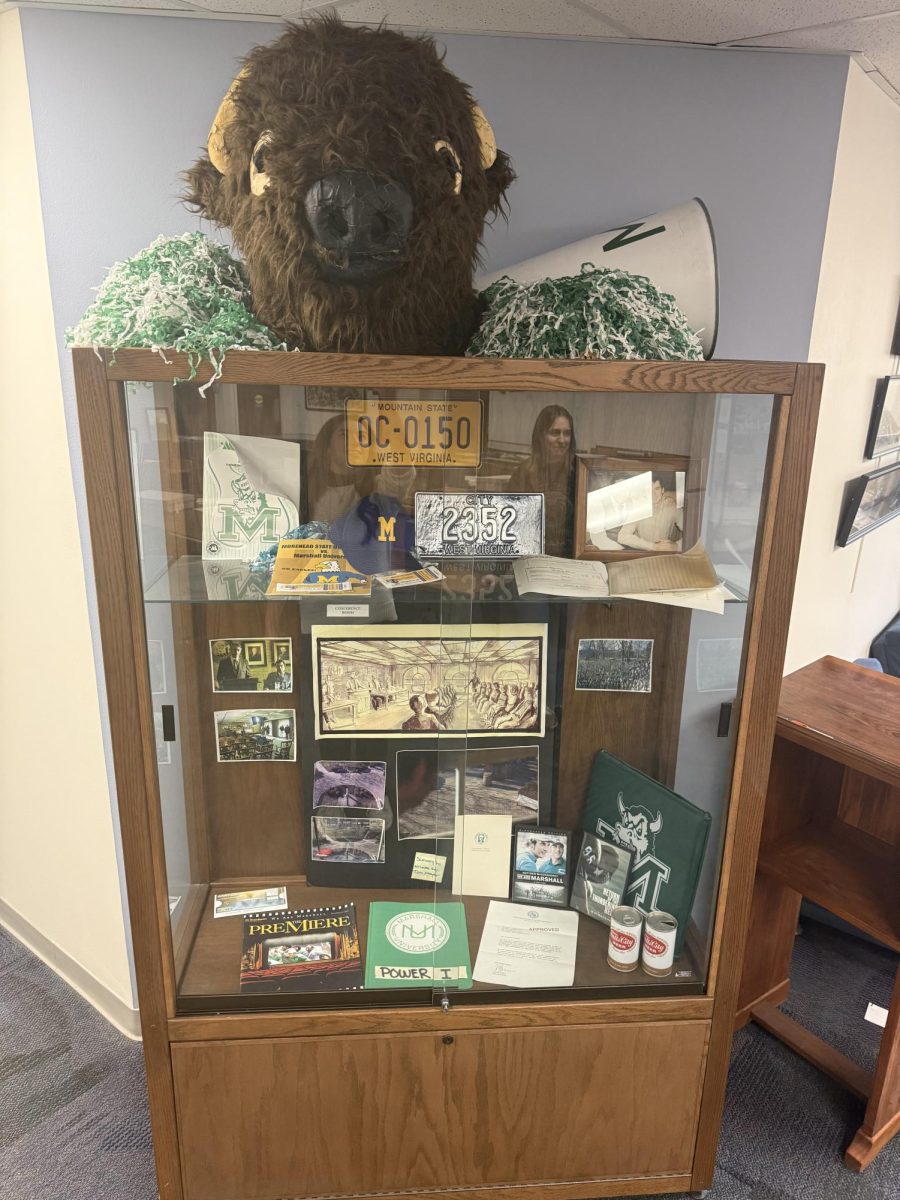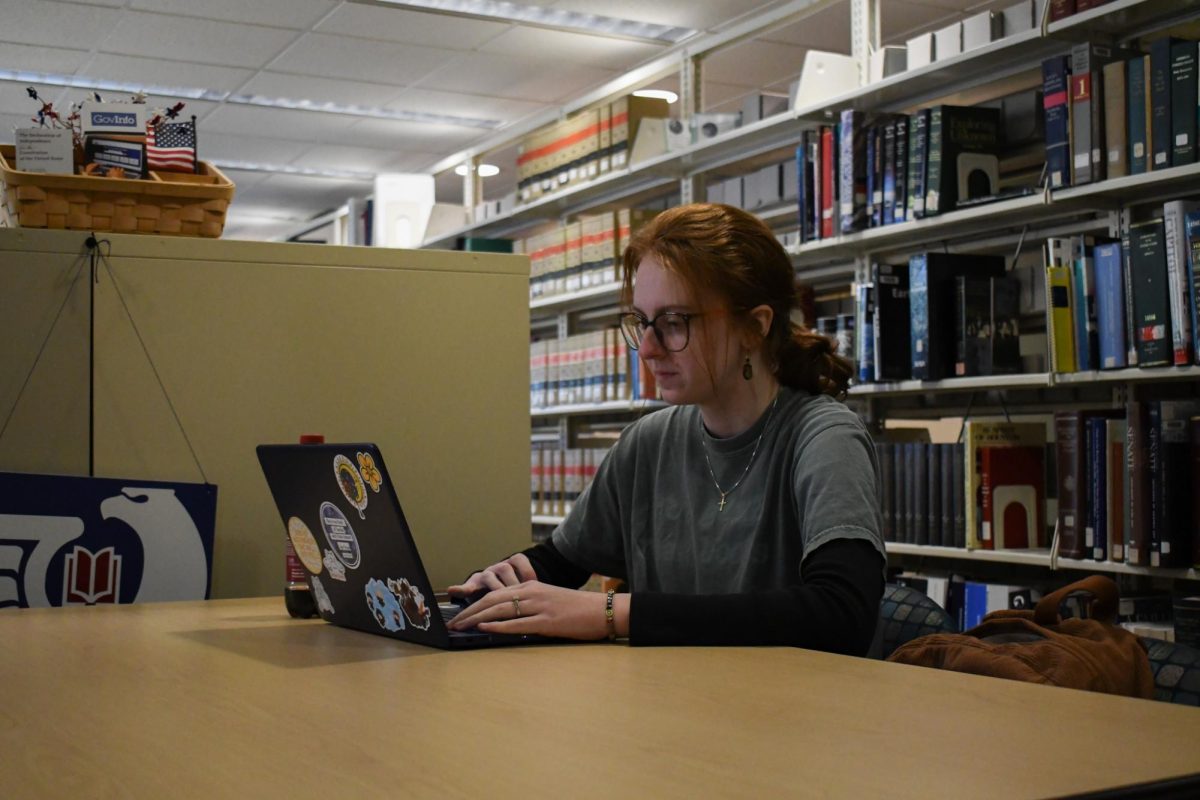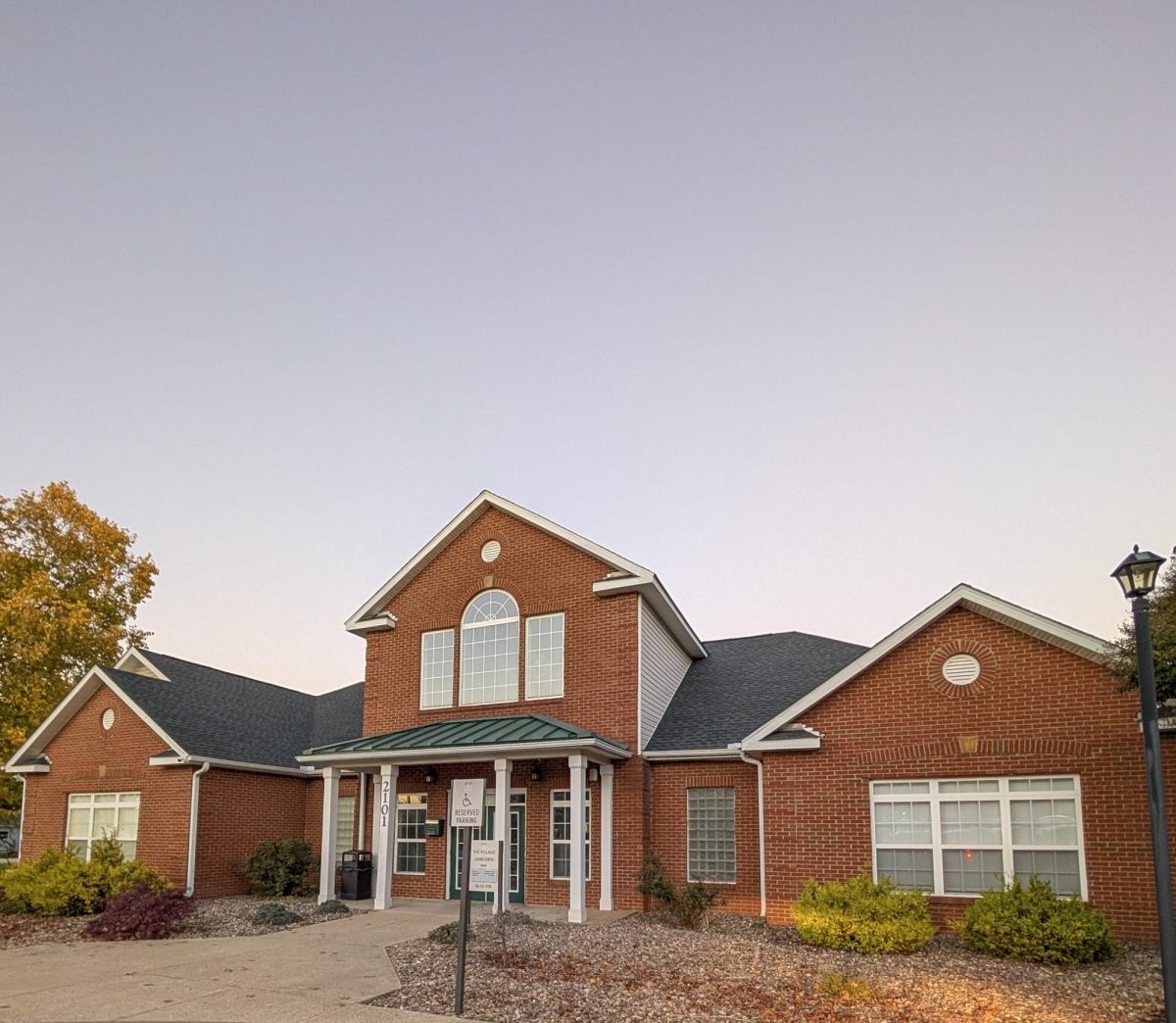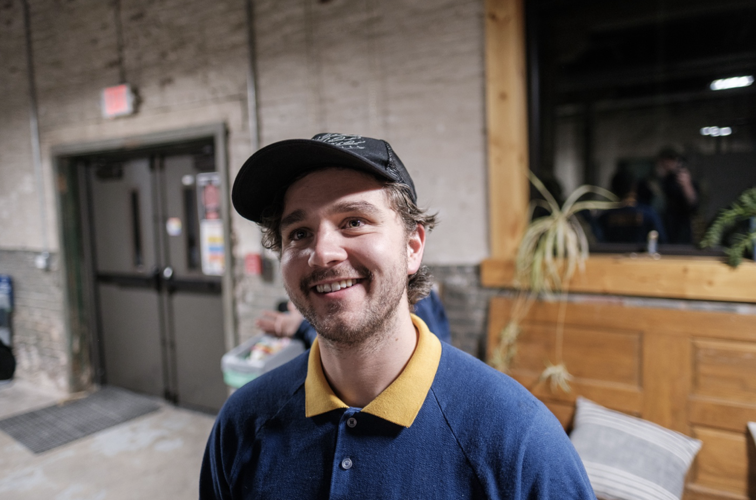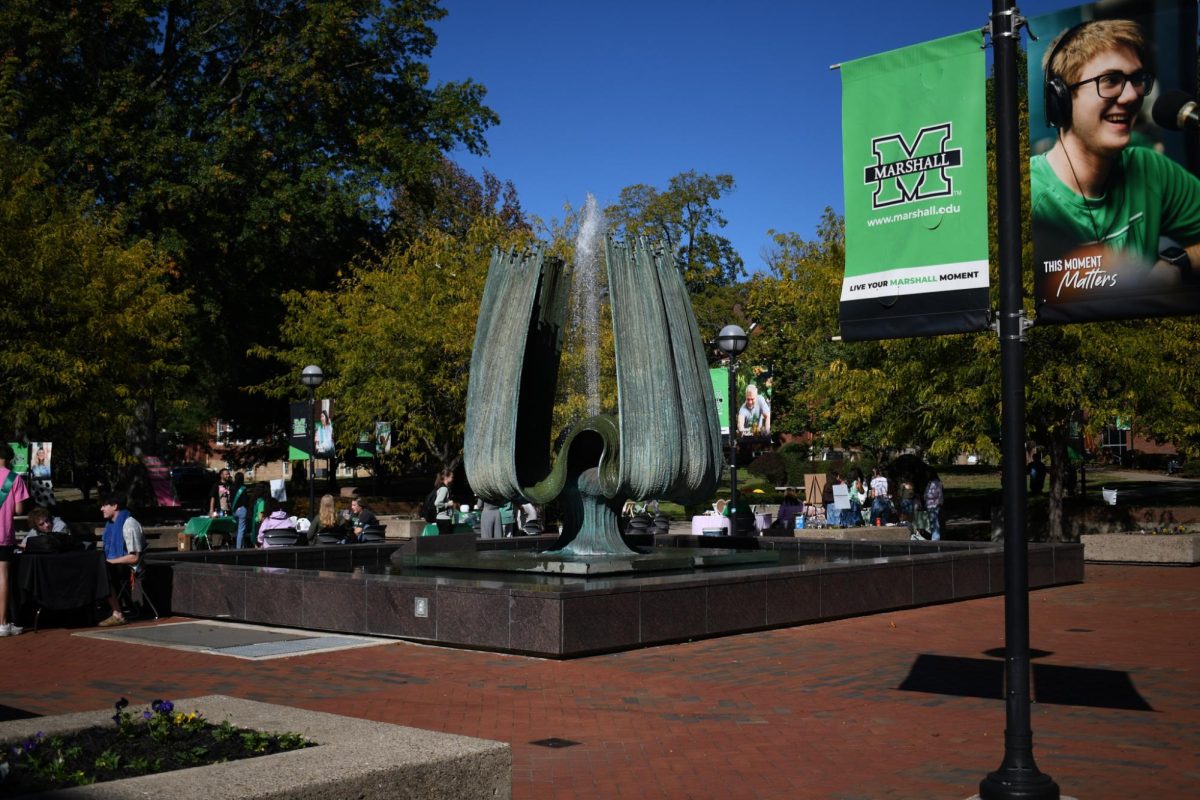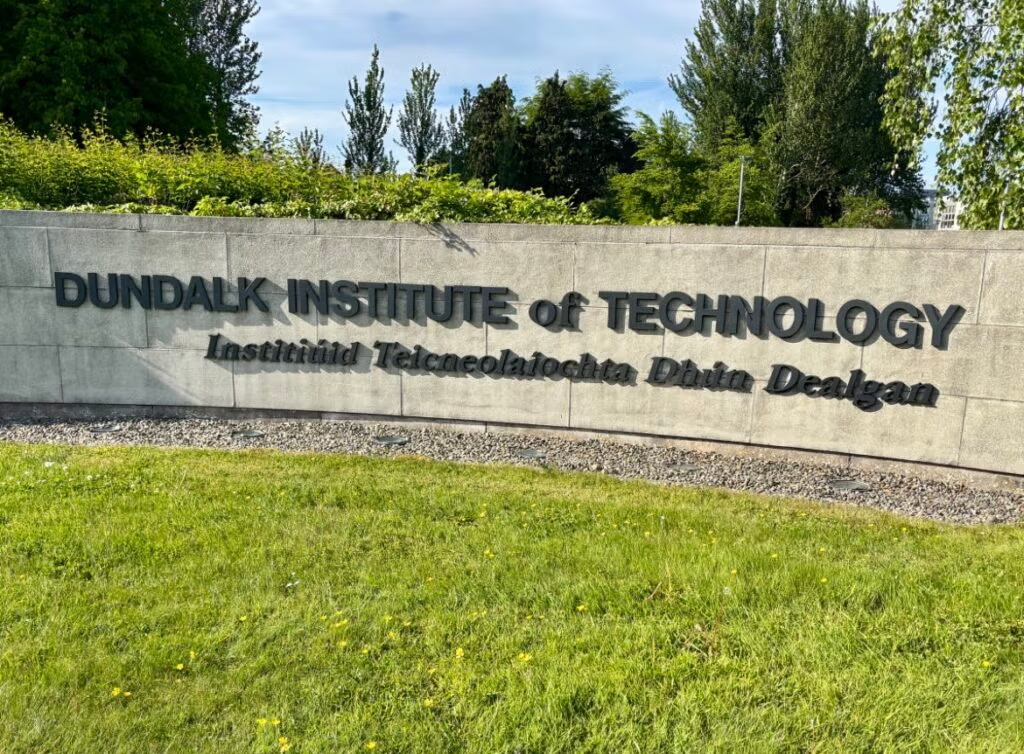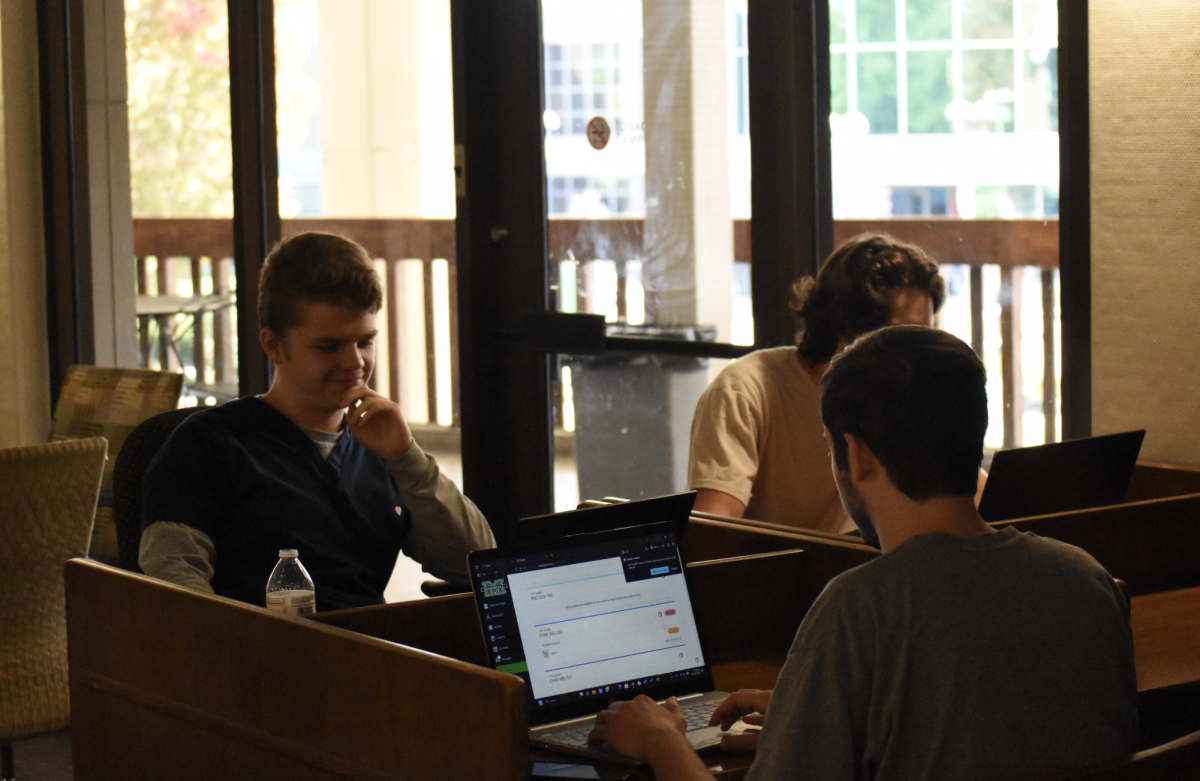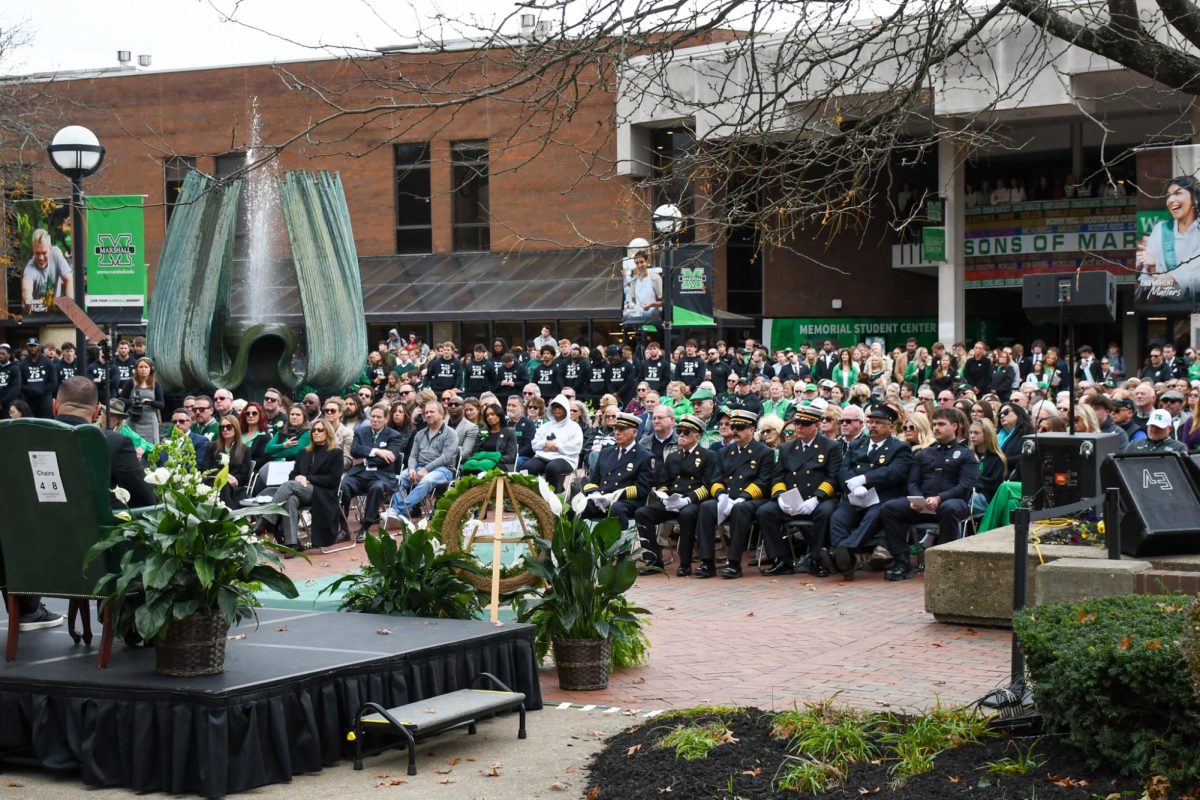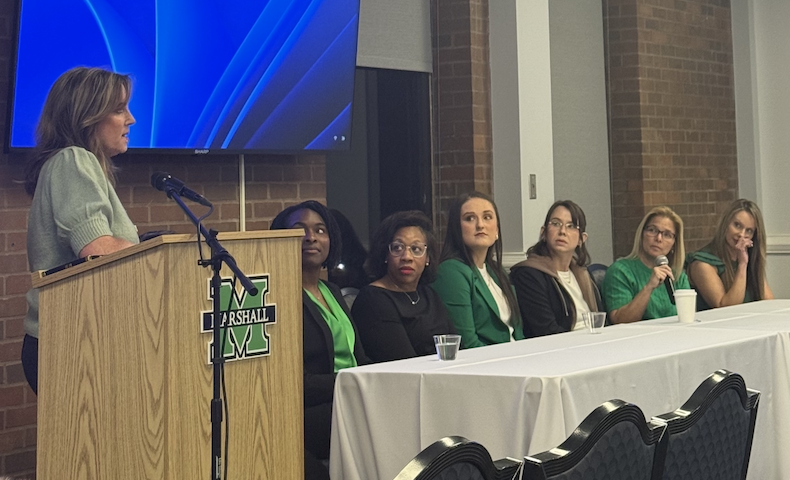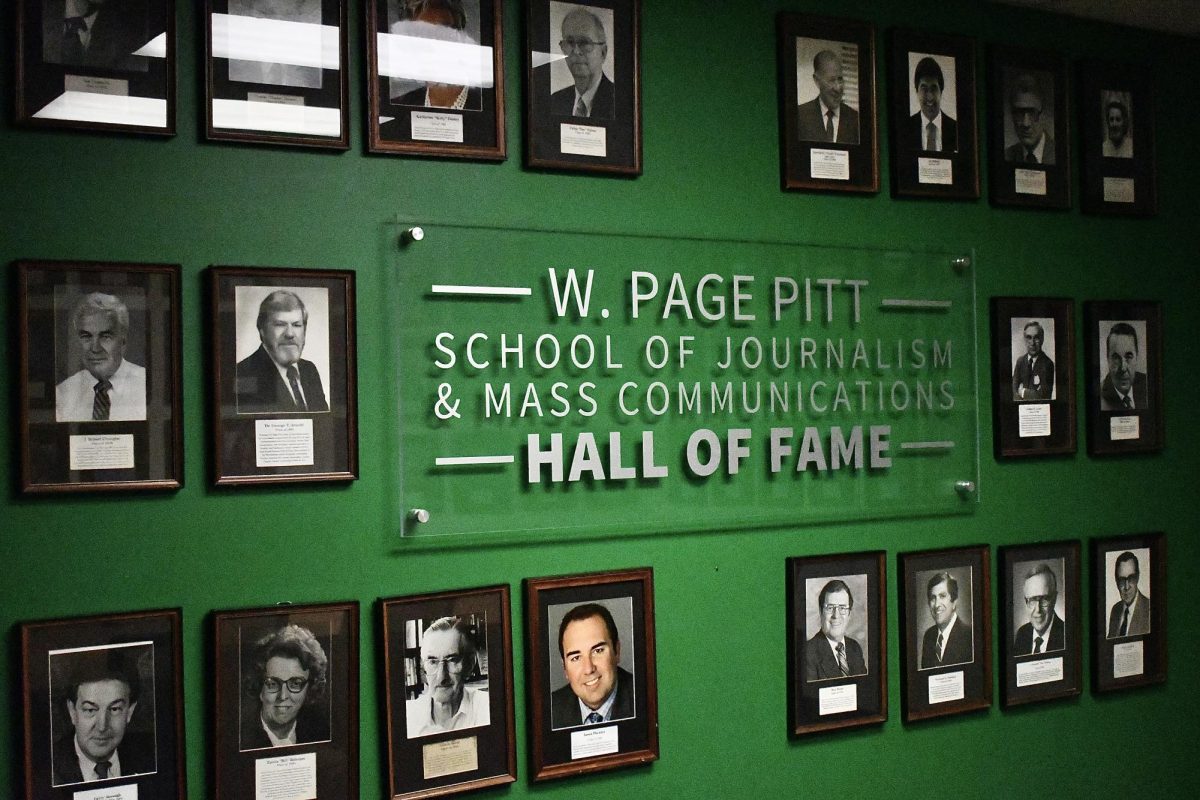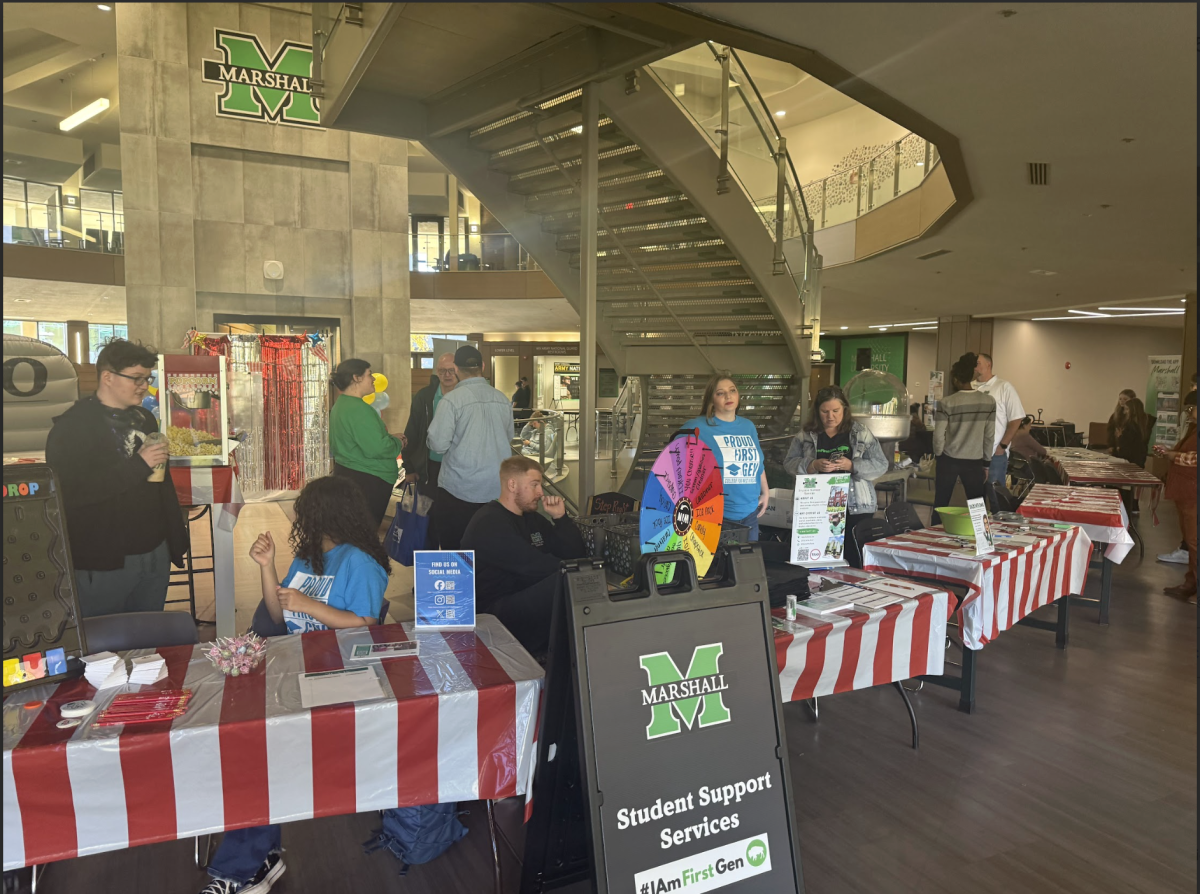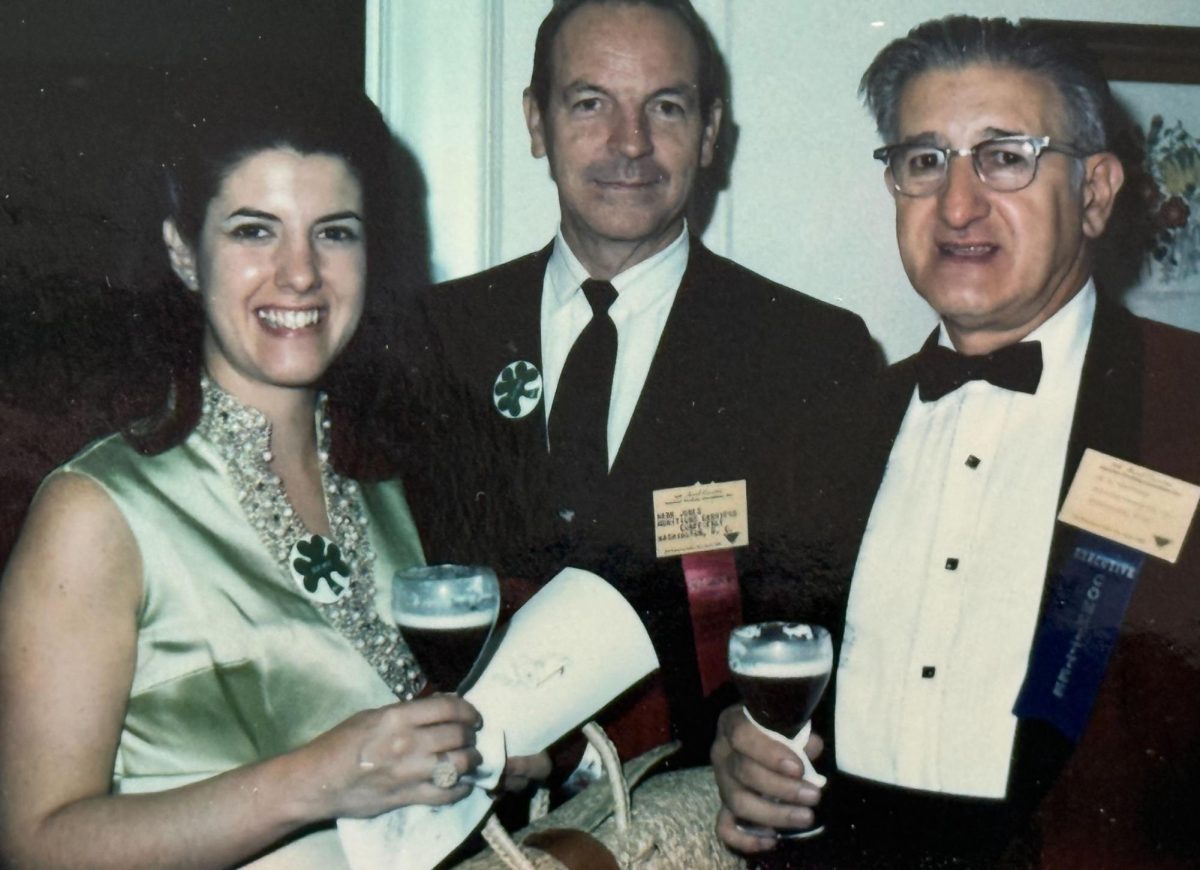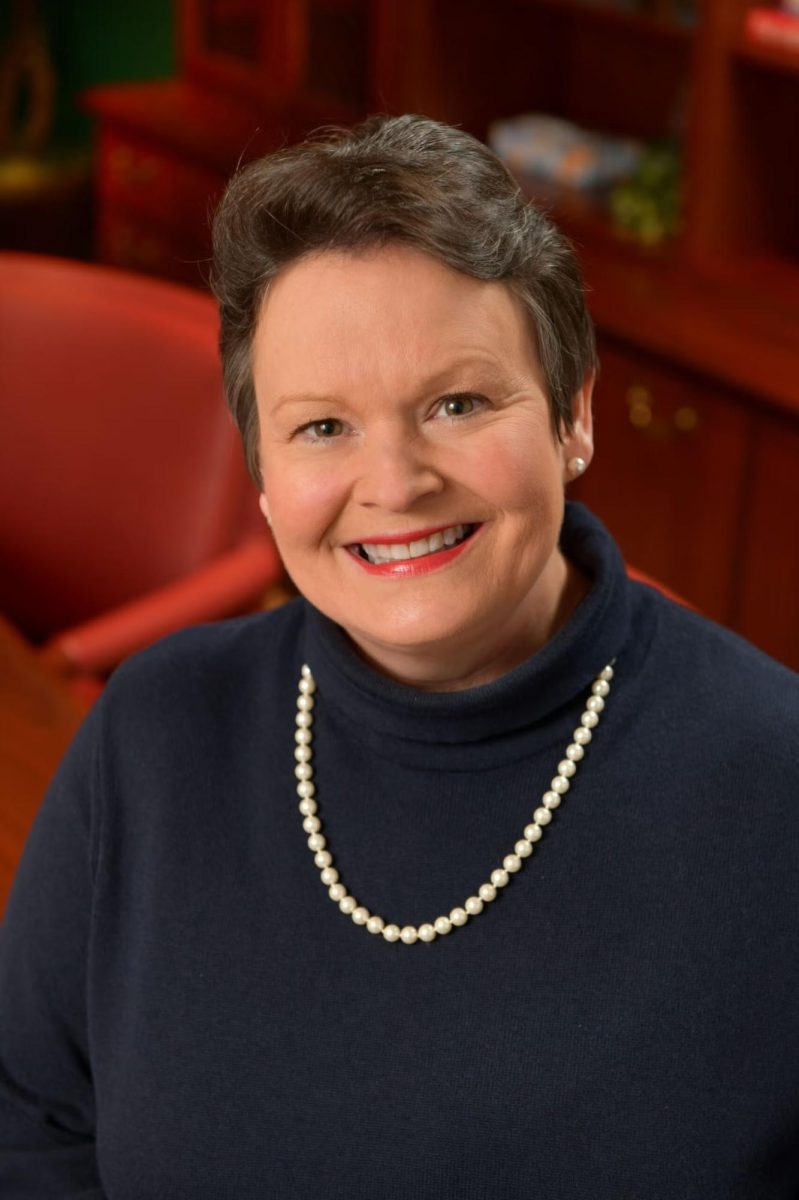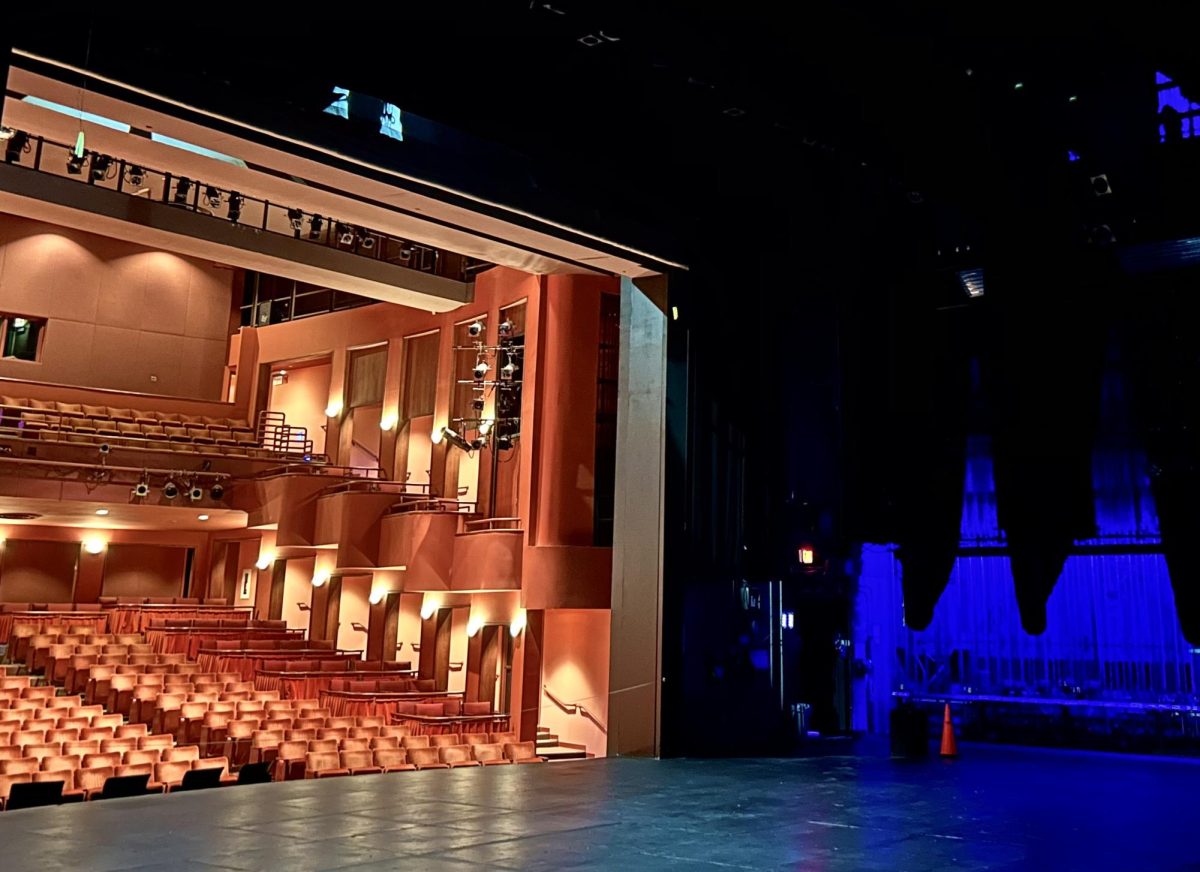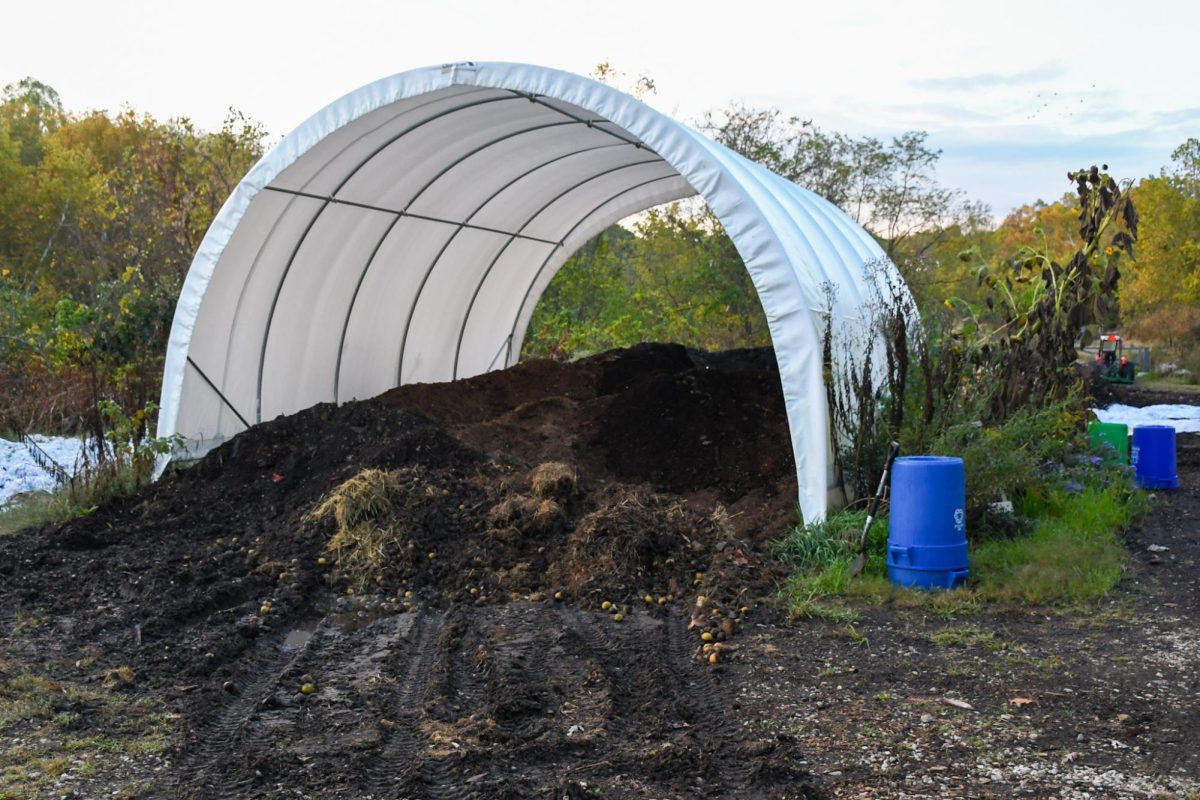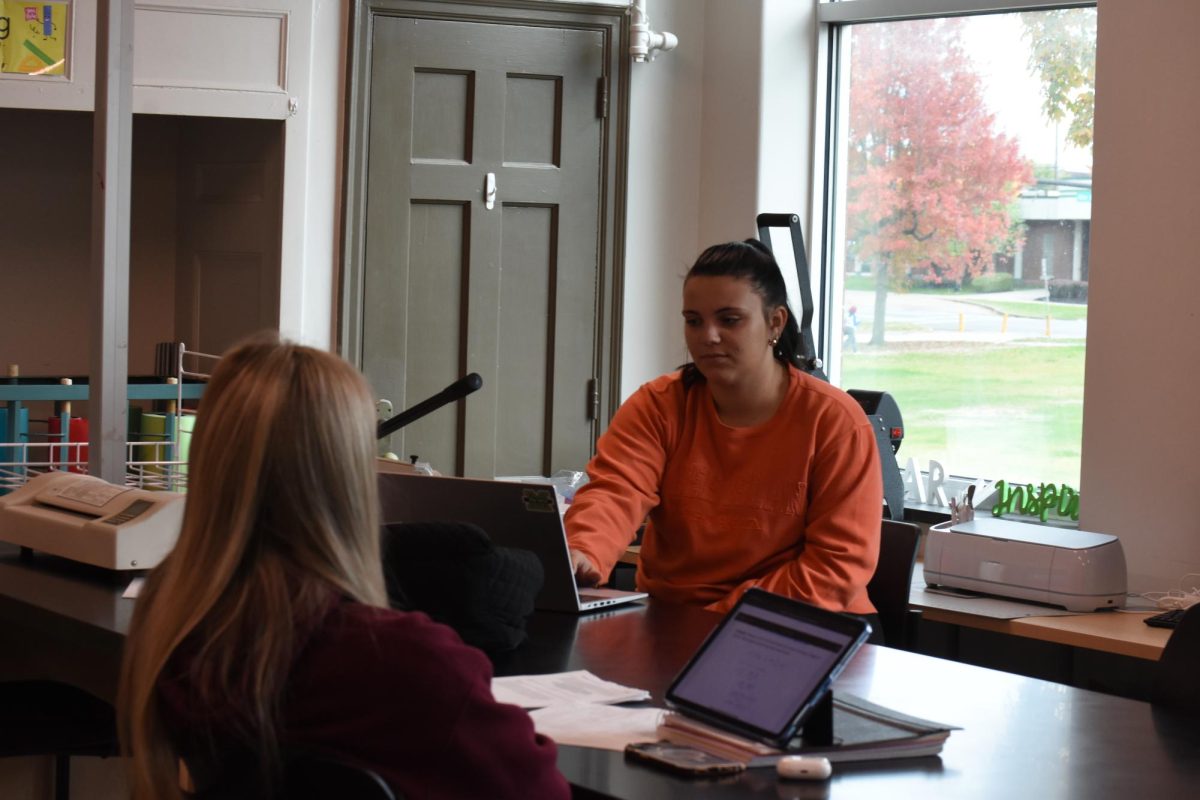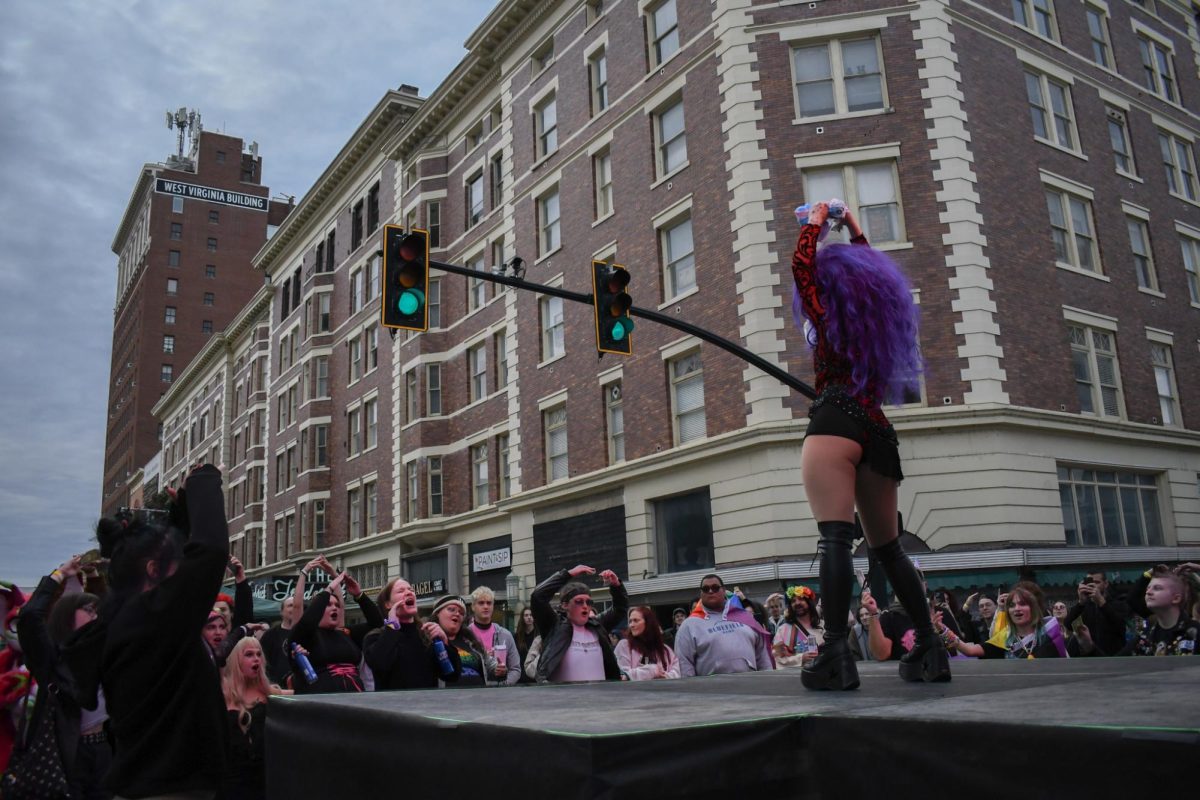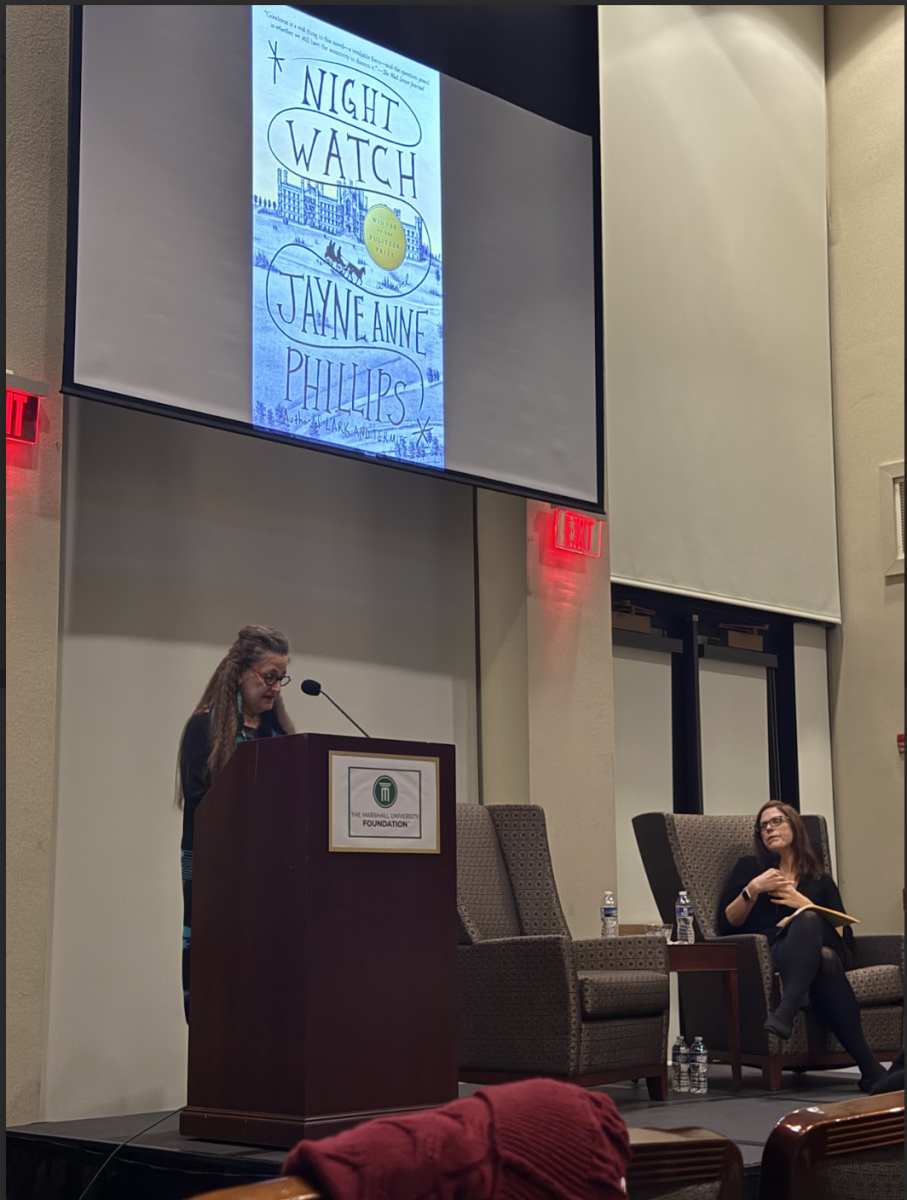Since 1930, Morrow Library has become well-versed in serving the public over the past 95 years. Holding more than two-thirds of the university’s book collection, the often-overlooked library is welcoming students to take advantage of the unique resources and rare books it has to offer.
Students and community members can get lost in the sea of Huntington’s history. From original memorabilia used in the “We Are Marshall” movie to vintage blueprints of the city, there’s no telling what else can be found tucked around each corner of Morrow.
Morrow Library is home to some of the most interesting historical documents and texts in the state, but many students tend to overlook it for their academic needs. With so many resources to offer, Head of Special Collections Lori Thompson said she wants students to know more about the gem they have on campus.
“We’re in the second floor of Morrow Library, and it is a little different than your traditional library. Most of our materials here are not books,” Thompson said.
Thompson explained Special Collections hosts many nontraditional artifacts and writings that hold parts of West Virginia’s rich history.
“Papers, diaries, photos, letters … we are home to all the Marshall archives, so anything university-related we have. We also maintain a community collection called a manuscript collection,” Thompson said.
Huntington has not had a historical society in decades, so Morrow Library takes in much of the city’s dated texts and artifacts. This gives the library a unique advantage when it comes to research materials for students.
“That’s the surprising thing: Most people might assume we have Marshall archives. We’re at the university; that makes sense. The fact that we have all these diaries and letters from people who’ve served overseas in wars or have been members of the community or businesses in the Huntington area — we have all their documents,” Thompson said.
Morrow is filled with stories and writings from people dating from the 1500s. The library’s categorization system makes finding specific materials easier.
“I jokingly refer to us as the community and Marshall junk drawer because we take a lot of things,” Thompson said.
For Marshall fans, Morrow Library is a one-stop shop for some of the most interesting historical pieces from over the years. The original campus map, designed by a geography professor in 1958, was hand-drawn and featured a button system that would light up bulbs at different locations across campus.
The library also holds hundreds of works surrounding the devastating Nov. 14, 1970, plane crash that left the school mourning the loss of its football team and community members. Multiple display cases line the Special Collections lobby showcasing the perseverance the Marshall community held during that time.
“They sent researchers to these very archives. For months ahead of any announcement, they had people looking at set design elements, clothing design elements, scanning in all the school newspapers and yearbooks to determine what Huntington looked like. To recreate these things (for the movie), they used these yearbooks,” Thompson said.
Thompson said the crews also used the same chairs from their reading room, which still sit there today, for the infamous board scene. The attention to detail, she said, shows their dedication to making sure the film was accurate.
The space is part library, part museum with display rooms and cabinets used to show off some of Morrow’s prized pieces. One of those spaces is the General Chuck Yeager Room, filled with items from the aviation world.
“Chuck Yeager is a West Virginian known for breaking the sound barrier. The airport in Charleston is named after him. He was an Air Force pilot and later a test pilot. He left all of his materials to Marshall,” Thompson said.
“We have a museum space that documents a lot of his artifacts, but we have closets full of his writings, writings about him, research, as well as photos and material about his military missions. The fact that we have these artifacts here connects nationally and internationally. The Chuck Yeager Room is just one space. We’re not really a museum, but this was part of his gift and donation to us to make this a place people could come and enjoy,” Thompson said.
The room, along with many others in Morrow, has spaces to sit and study. The library is ideal for those who want to get lost in research or for those looking for a quieter place to study.
“It’s hard because we understand that we’re a hard place to find, and we also understand that we’re not everybody’s cup of tea. There are certain students who will never need our resources, at least in the paper, diaries and letters,” Thompson said.
“I would like to encourage all students to come up here and study, but we are also a place for help. We are all trained librarians as well, so I can offer research help, writing help. Our reading room is a little different from traditional libraries in that we do not offer private study space; it’s all kind of communal,” Thompson said.
Many students love using the space and resources that Morrow has to offer. Annika Bruce, who is pursuing her master’s degree in English at Marshall, uses her time in the library to create some of the featured displays. She helped design the Nov. 14, 1970, exhibit as well as one that highlights the history of Black United Students on campus.
“I wanted to create something that was both memorializing but also a celebration of these students,” Bruce said, referring to the memorial display.
“An interest of mine is BUS, Black United Students, and their history as it correlates with my own research. I just grab what materials speak to me, usually spanning across time but also in representation, which leads me to the very first display I did. This is BUS. This is kind of an overview of Black students here at Marshall and a celebration of the representation they once had, which is unfortunately now limited,” Bruce said, referencing the removal of DEI programs across the state.
“My personal research is the underground newspapers. My favorite find is this publication from the late 1960s called the ‘Free Forum.’ Students for a Democratic Society created it, and they allowed Black students on campus to use their publication as a way to express their issues or struggles on campus. It talks about Black power, trying to join fraternities and the lack of Black professors on campus,” Bruce said.
Bruce, along with Thompson, said they are always accepting donations of physical materials. From event pamphlets to meeting minutes, Morrow Library encourages students and faculty to drop off materials to help preserve the history of Huntington.
“It’s really hard to preserve in the present because of everything digital. You don’t get these hands-on materials like you used to. I want students to come in and see how much there is to explore,” Bruce said.
Morrow Library is located on Third Avenue on the north side of campus next to Smith Hall. Special Collections is located on the second floor and is open for assistance. For a full list of their offerings and availability, visit www.marshall.edu/special-collections. Students with specific questions can contact Lori Thompson at thompson39@marshall.edu.
Abby Ayes can be contacted at ayes@marshall.edu.


